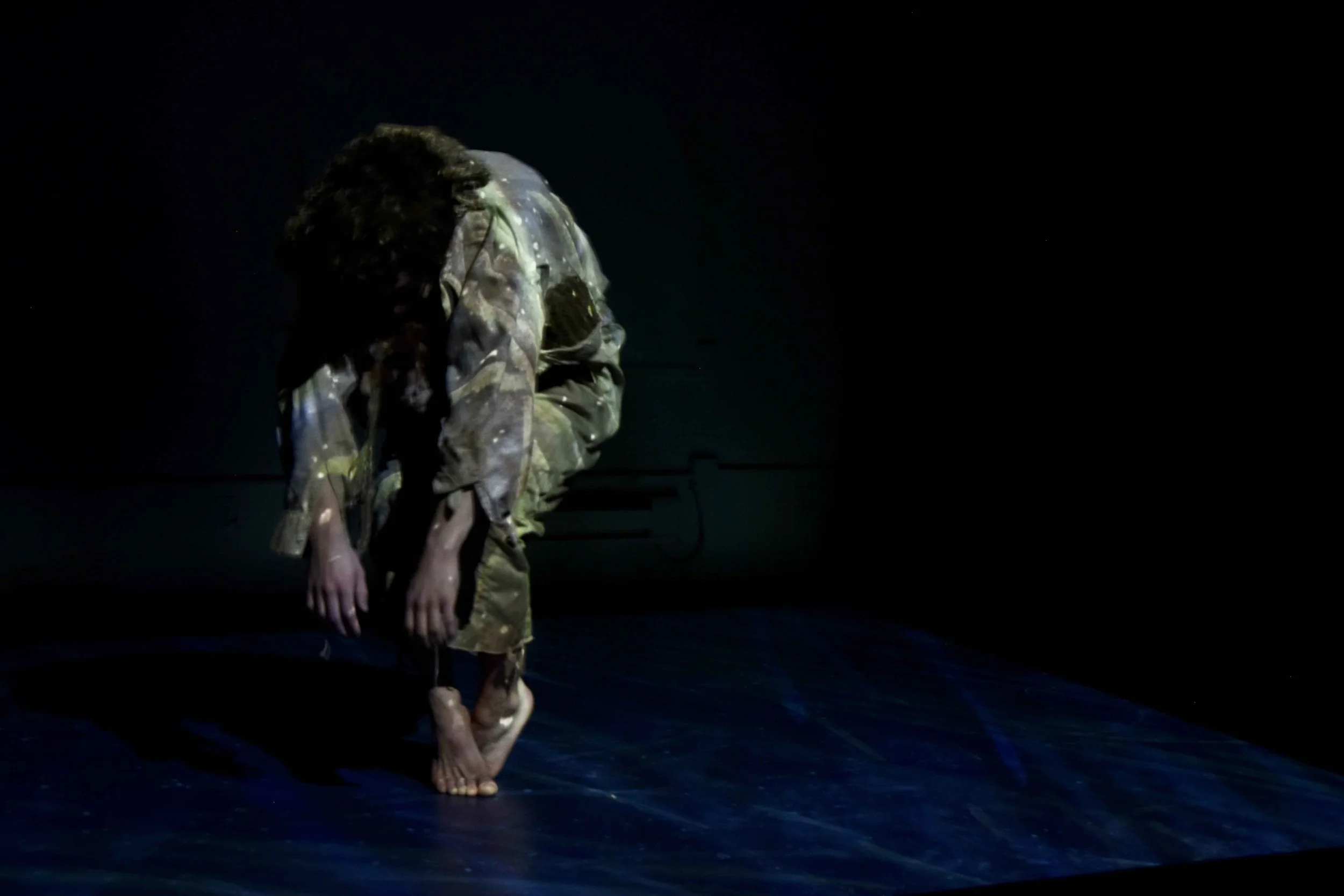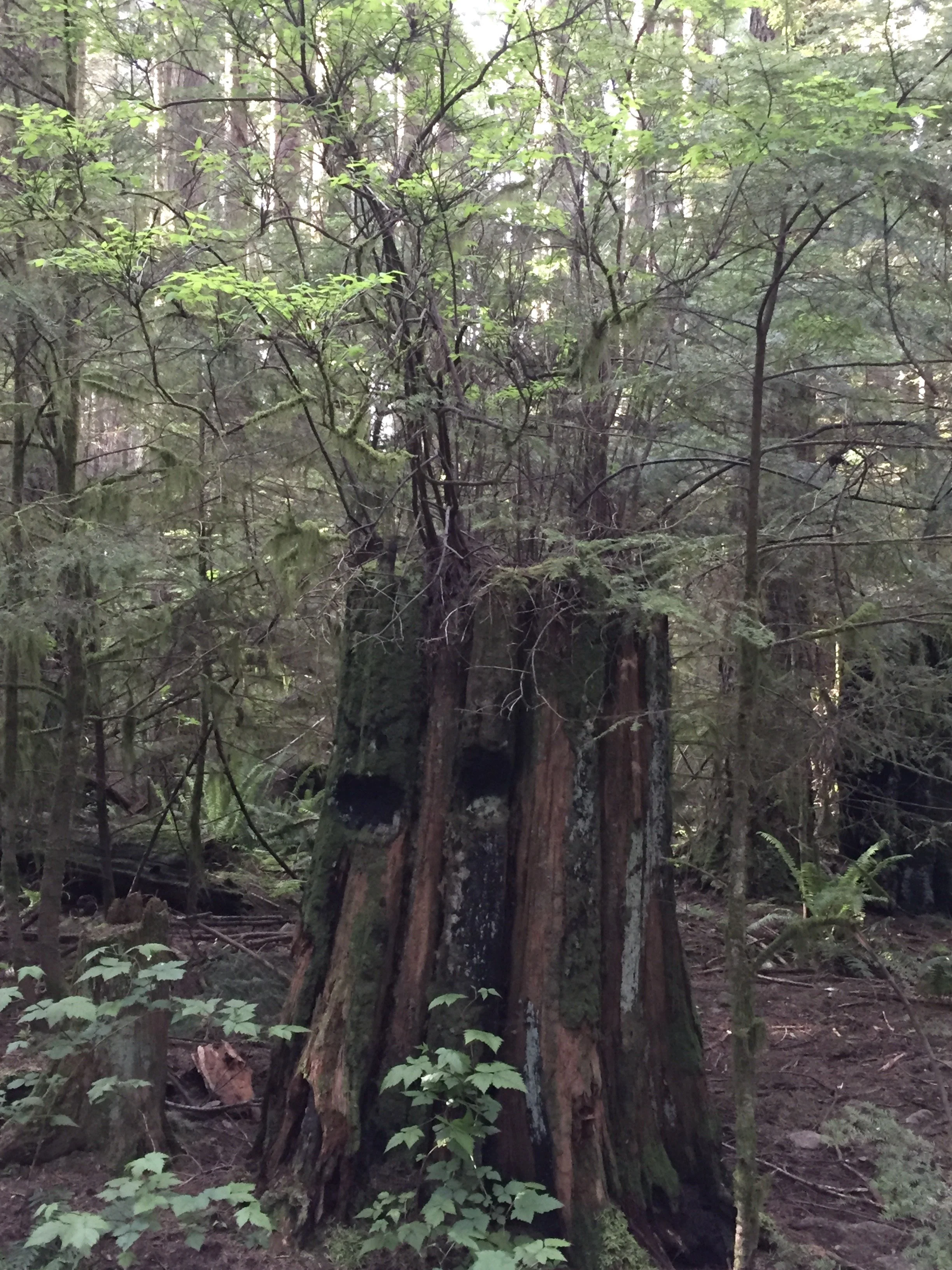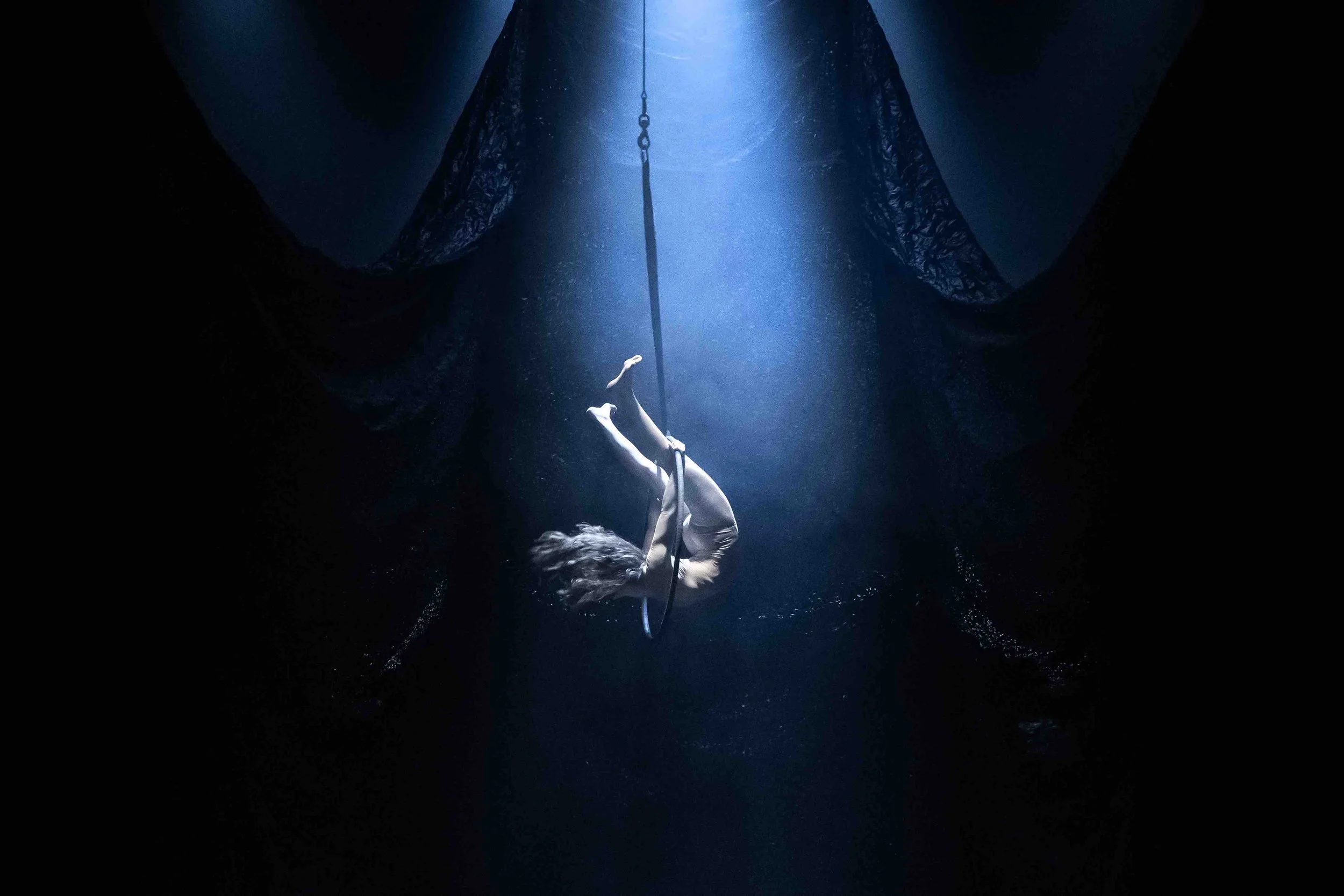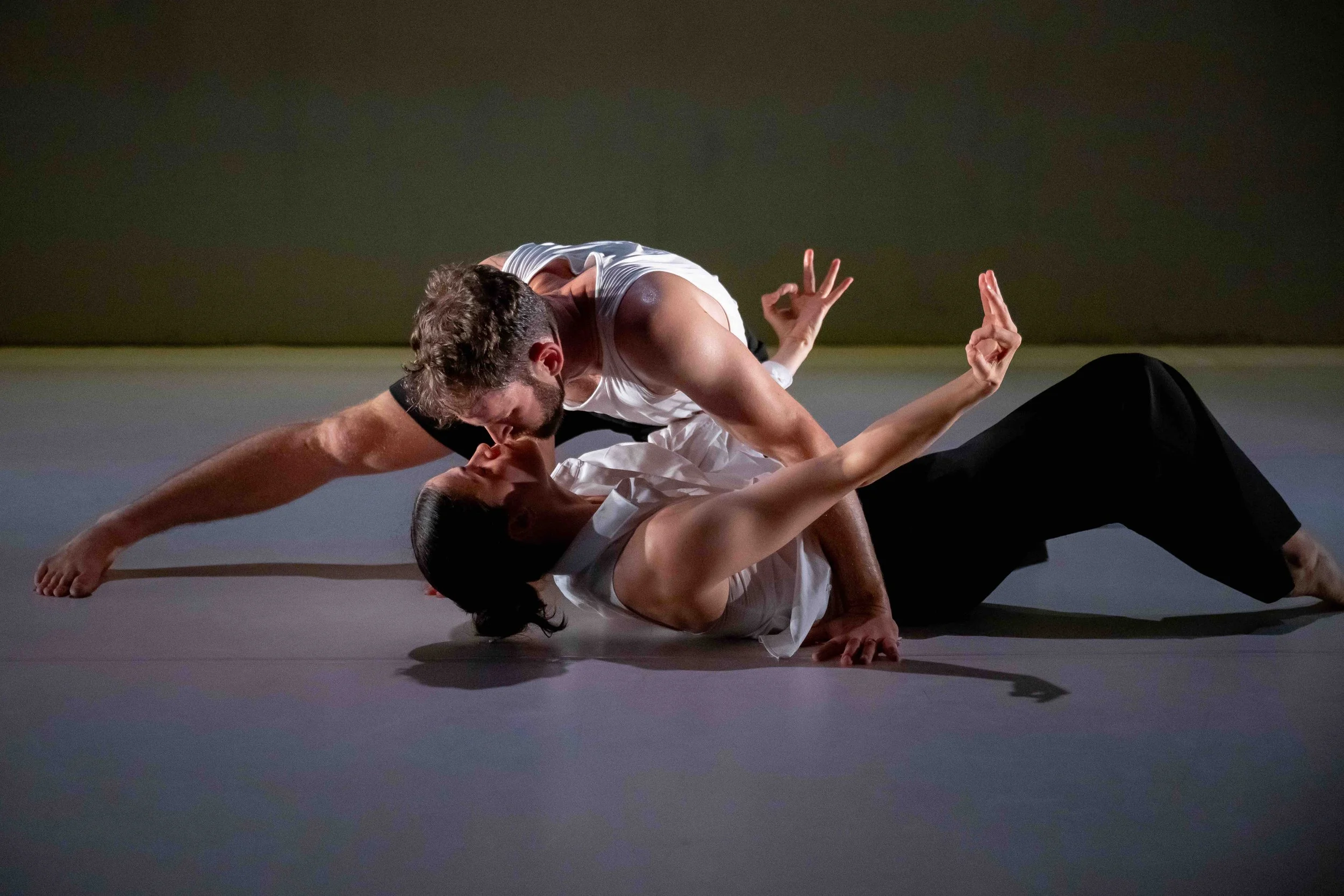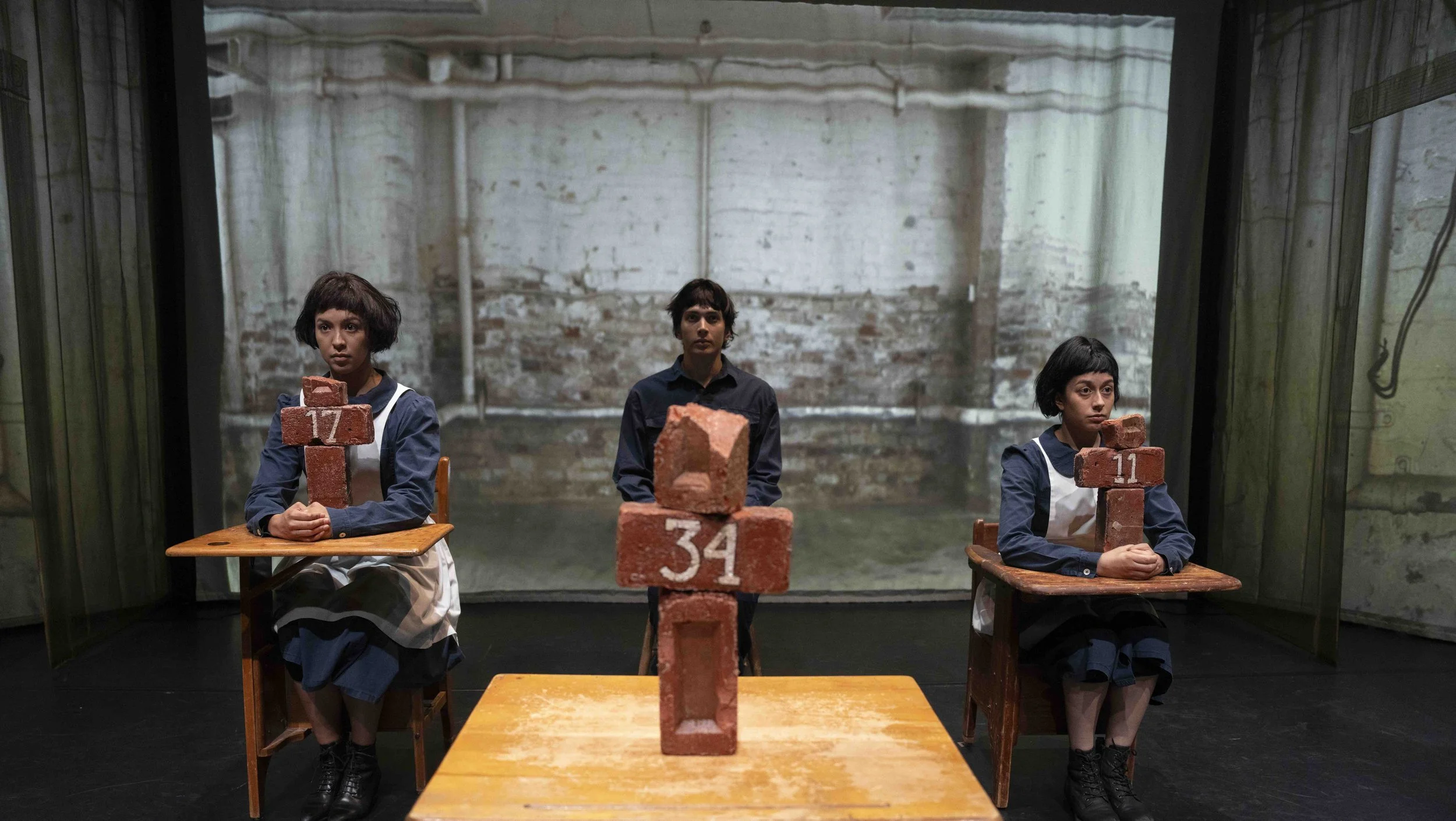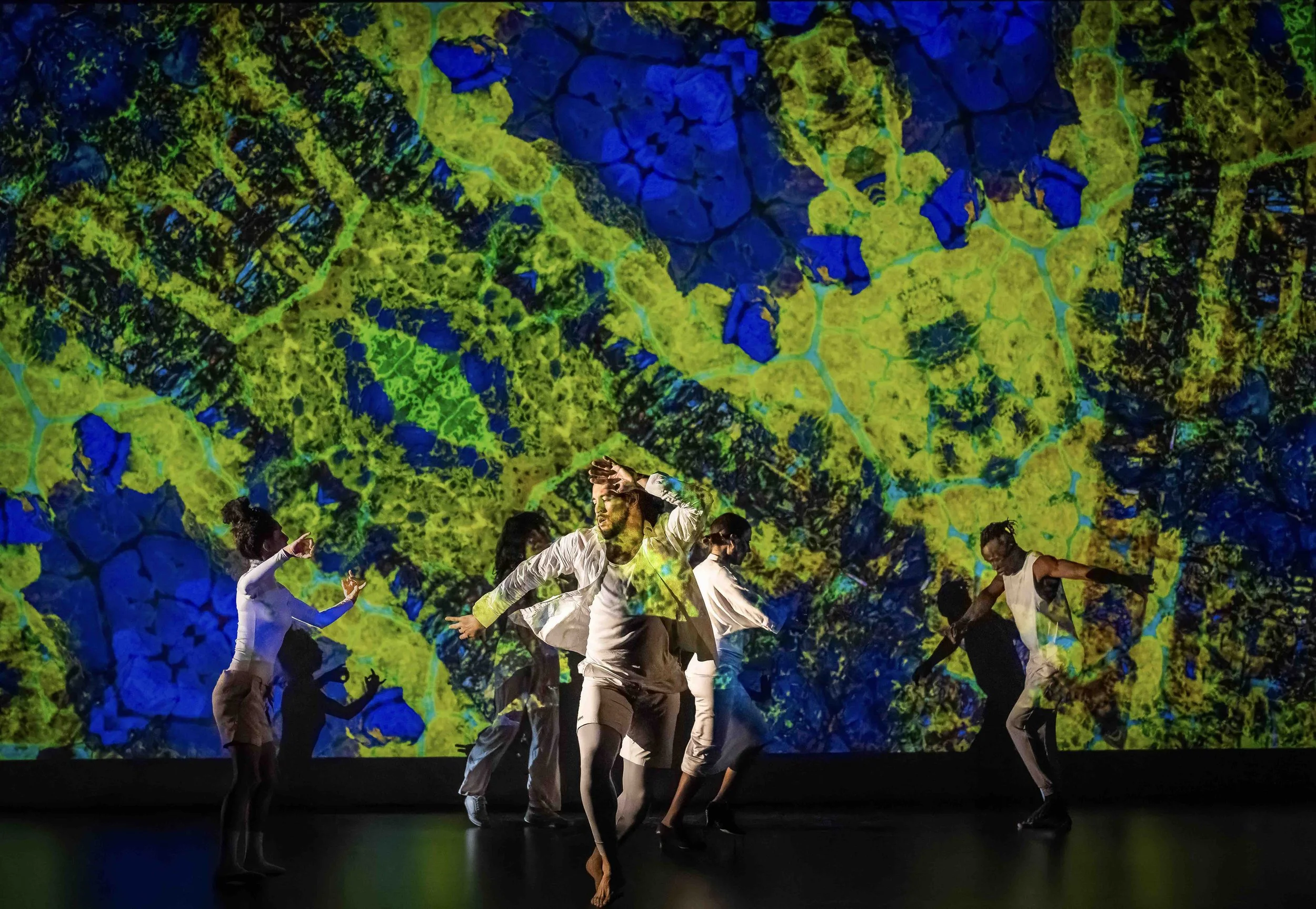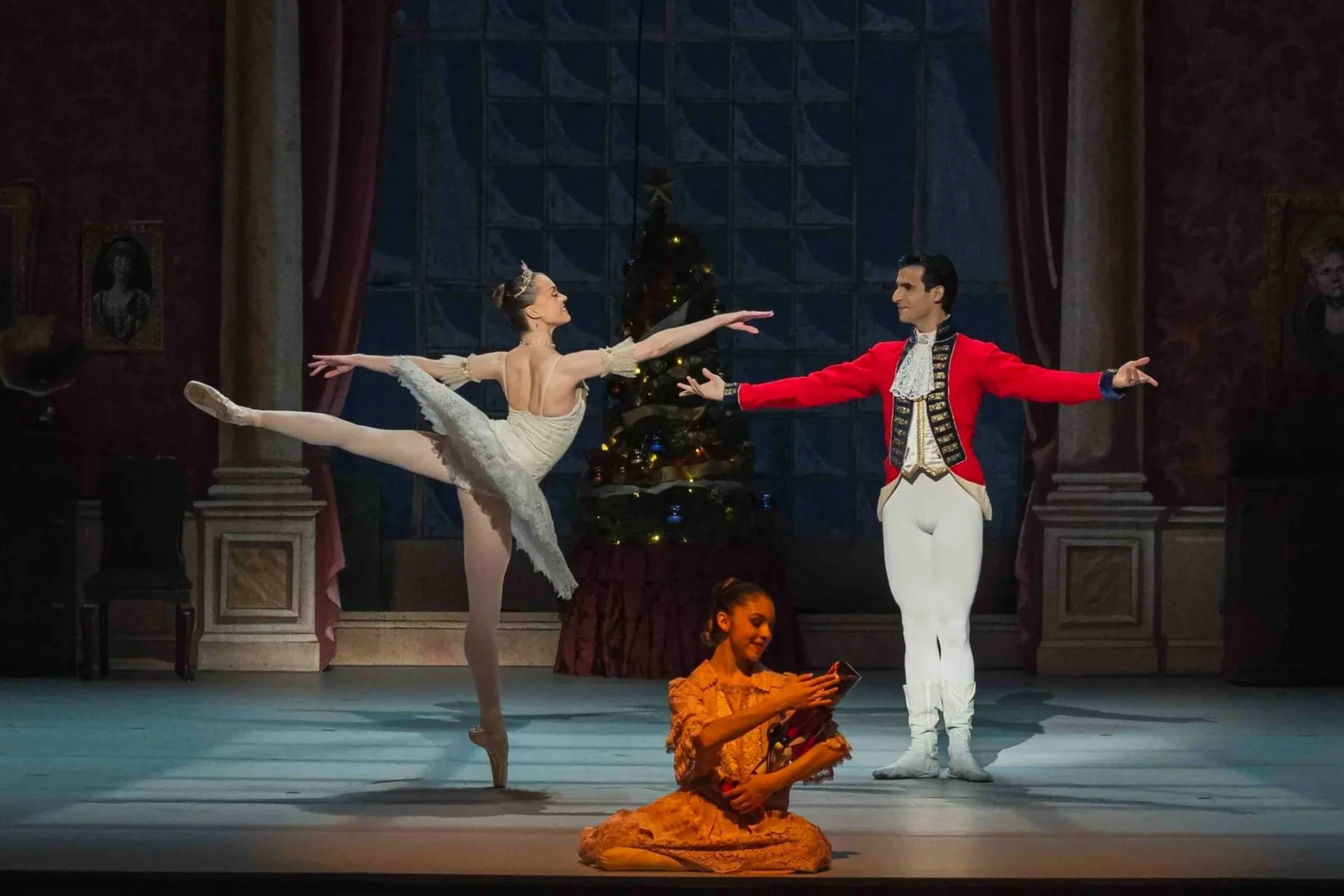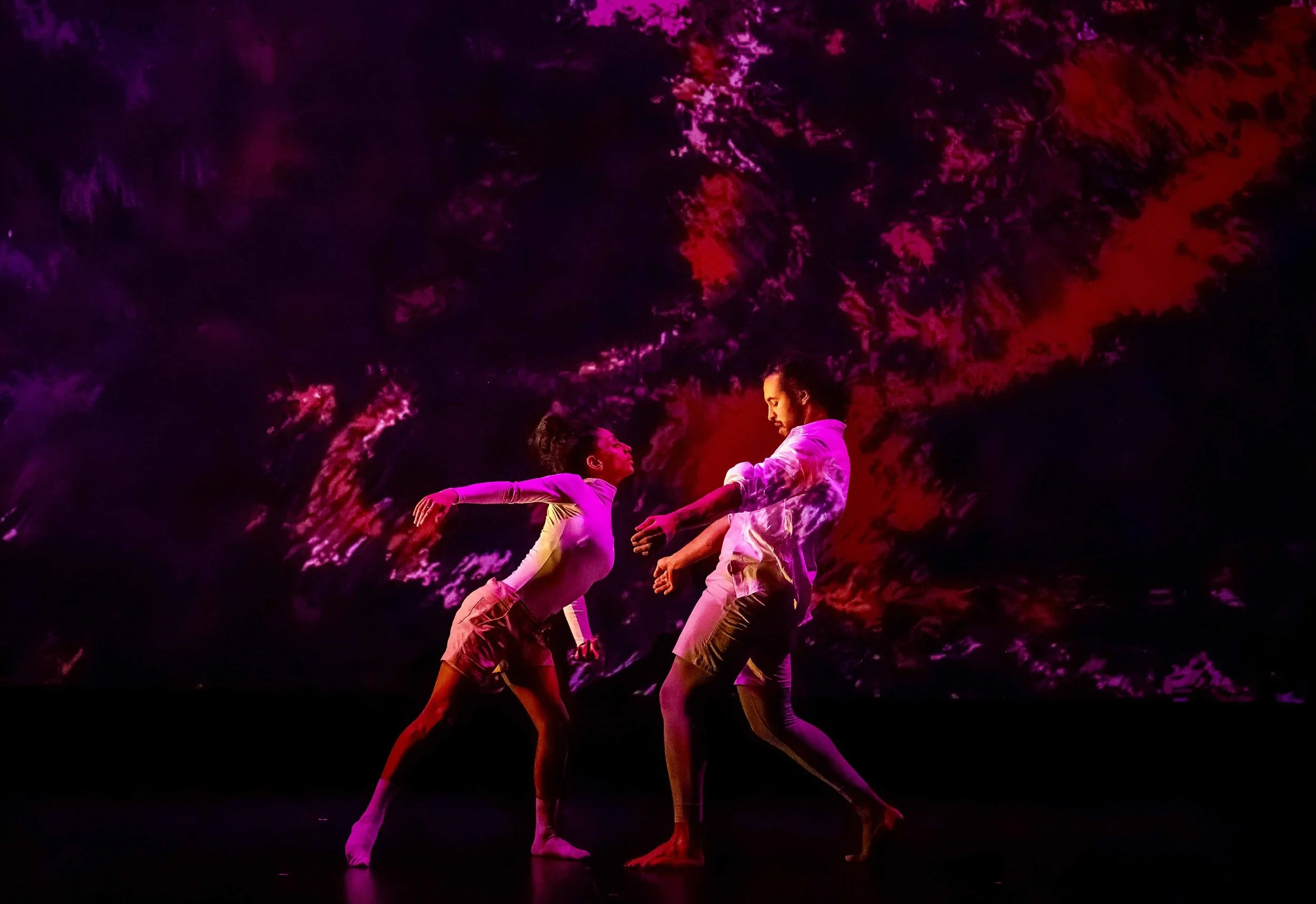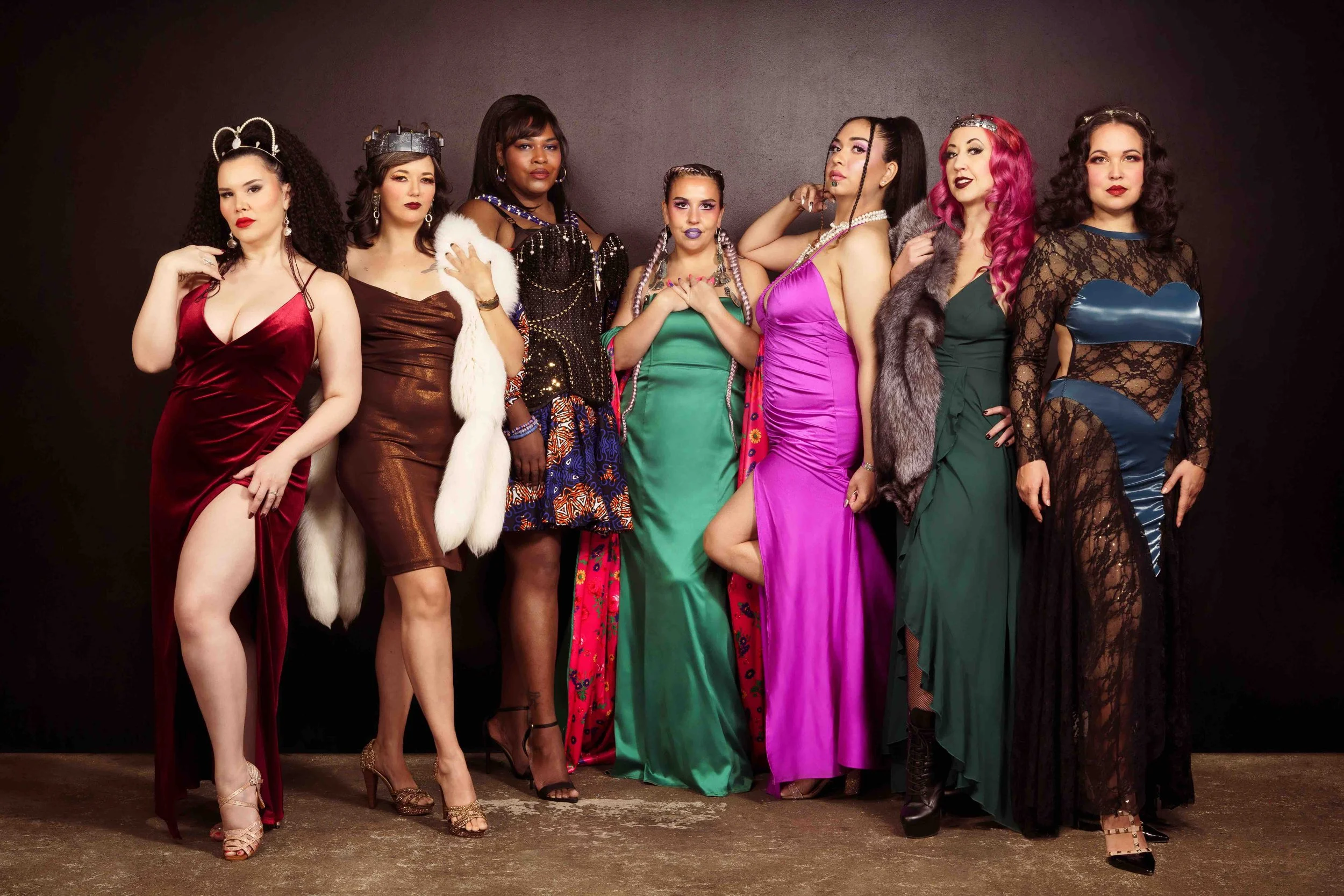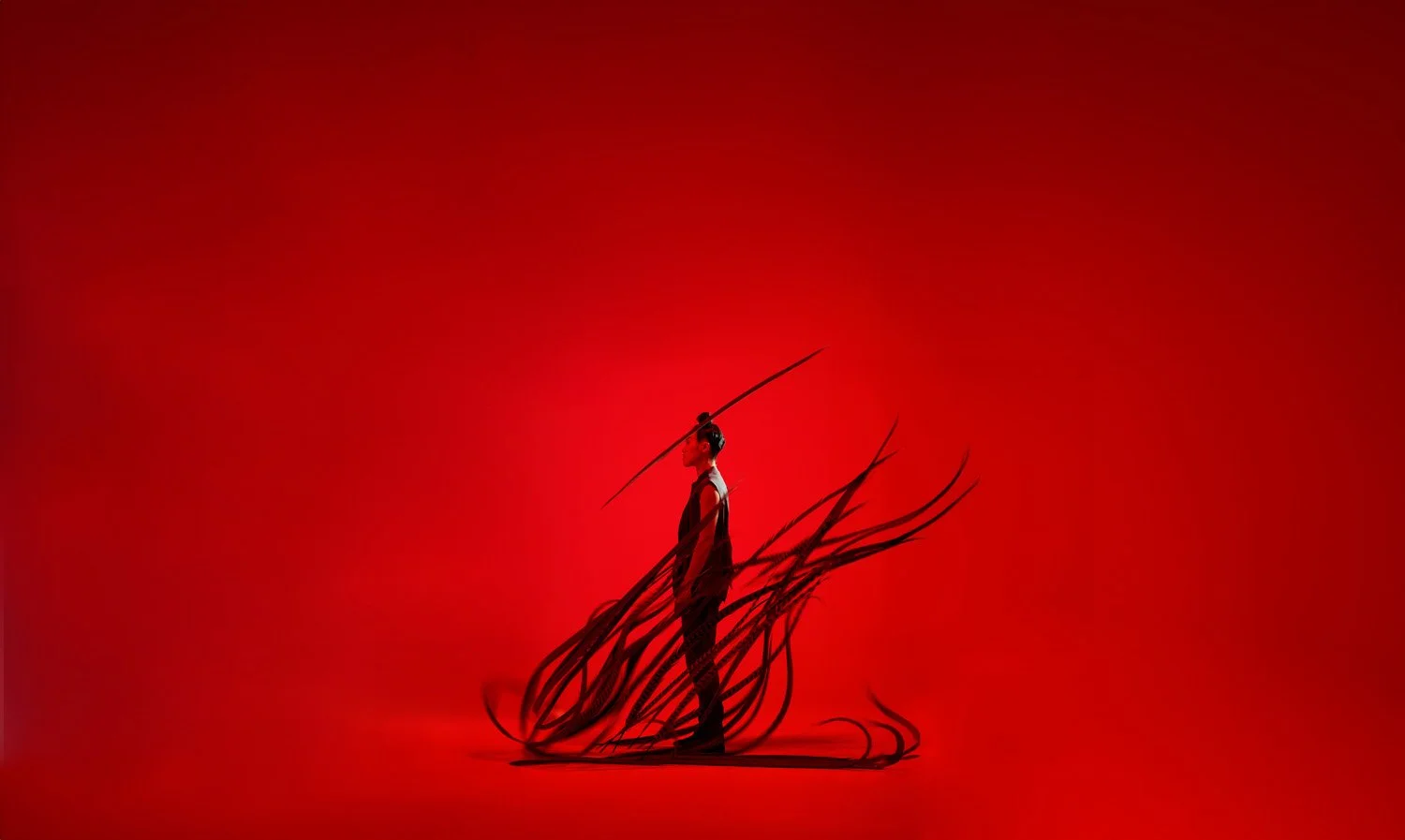Ry Jackson and Reed Jackson connect to their roots in Stump, as part of All Over the Map series
Presented by New Works, the dance piece will draw inspiration from natural surroundings on Granville Island
Stump. Photo by Jasmine Liaw
New Works presents Stump as part of All Over the Map at the Granville Island Picnic Pavilion on July 20 at 1 pm and 3 pm
SIBLINGS RY JACKSON and Reed Jackson have lived on both sides of the world—so it makes perfect sense that they’re about to perform at All Over the Map. The outdoor showcase, hosted by New Works, brings a diverse collection of global dance and music traditions to Granville Island each summer.
Born in the small highway town of Claresholm in southern Alberta, Ry and Reed spent most of their early childhood in Lethbridge before moving to Bundaberg, Australia, in 2003. As Reed tells Stir in a Zoom call with their sibling, the subtropical land—at the southernmost tip of the Great Barrier Reef—is notably abundant with “sugar cane, volcanic rock, magpies, pluggers, cane toads, spiders, and the three most poisonous snakes in the world.” (For those unfamiliar with the term, “pluggers” are flip-flops, not an exotic bug species.)
After living Down Under for six years, Ry and Reed moved back to Alberta, settling in Edmonton. Shortly thereafter, Reed came to Vancouver to study film and gender studies at SFU. Ry, meanwhile, moved to the U.K.—a trip that was cut short by the start of the pandemic—and then returned to Edmonton briefly, before heading out to the West Coast too. Ry began training at the contemporary dance program Modus Operandi soon after that, drawing inspiration from choreographers such as Emmalena Fredriksson and Vanessa Goodman.
In 2022, Ry was rehearsing in Pacific Spirit Park with collaborators Alyssa Favero, Emily Clarke, Jamie Ranney, and Allie Shiff when something caught the artist’s eye.
“There was this big stump there, or a nurse log,” Ry recalls; a nurse log is a fallen tree that has begun to decay, providing the perfect place for seedlings to grow. “There were little divots carved into it that I think would have been from logging—like footholds from logging. But someone had carved little eyebrows on top of those holes, and then a mouth underneath them, so it sort of looked like a frowning stump. Then new growth was sprouting on top of it.
“And I was like, ‘Whoa. Who is that? I want to get to know you,’” Ry says of the mysterious wood being, sharing a laugh with his older sibling.
Ry Jackson (left) and Reed Jackson. Photo by Audrey Sides
Ry began to embody the nurse log as a character called Stump, who is now the focal point of a production of the same name that the siblings will perform at All Over the Map on July 20. Ry created the first solo iteration of Stump while participating in What Lab’s Exquisite Pressure incubator program. Reed is now a more fulsome collaborator, and they’ve since staged Stump as a duo multiple times at Boombox, a shipping trailer turned performance space in East Vancouver.
Moving as Stump, Ry gradually wakes up from a deep slumber, drawing on contemporary and clown elements while coming to life. Reed enters the scene, engaging with Stump as themself in a style informed by Ayasha Guerin, founder of the Liberated Planet Studio and an interdisciplinary artist and scholar who works at the intersection of ecological research and movement. Themes of growth, identity, maturation, and transformation swirl throughout the piece.
Reed initially designed floor projections for Stump that formed a little island for Ry to dance on; the animated flicker film showed pine needles and dirt from places where the siblings spent time brainstorming. But because All Over the Map is taking place at the outdoor Picnic Pavilion on Granville Island, there won’t be any projections involved in this remount. Instead, the artists will connect to the nature surrounding the covered area, from the trees swaying in the breeze to the ducks and turtles swimming lazily around the lush pond.
The original Stump nurse log in Pacific Spirit Park. Photo by Ry Jackson
“Let’s see what happens when we take Stump out of the cave of Boombox, out of any kind of black-box setting,” Reed says. “Not invoking a world with projection—but instead waking up and being responsive to what we find outside in the middle of the day. How will Stump wake up this time in this new setting?”
Stump is the Jackson siblings’ first official project together. As such, they’ve developed a unique workflow for each rehearsal that intertwines their personal and professional lives.
“We make dinner; we have a pretty fulsome life update check-in, because we don’t always get to spend that much time together with the many moving parts of life; and then we can move into production meeting mode,” Reed says. “And I feel so lucky that production meeting mode, so far, has been so easy. It’s pretty organic. There’s just a lot of grace and understanding, because I’ve been around since this person was born,” they say, nodding toward Ry.
“It feels pretty natural,” Ry adds. “There are big, giddy, laughing, clowning-around moments, and then also we can get a little tender—like ‘Wow, we’re siblings, and we get to do this together!’”
While Ry works primarily in dance, Reed’s practice focuses on what they call “improvisational, devotional song”, a style they developed through mentorship from the UBC School of Music’s Julia Úlehla. Much of that learning has been incorporated into Stump’s score; a vocal loop they created ranges from neotraditional Slavic scales to nature noises.
“The sounds that come out of us are animal calls that we’ve learned by being in different places our whole lives,” Reed explains. “Like, sometimes kookaburra will come out, which is funny.”
The siblings also draw on their Slovak heritage in Stump through costumes; namely a kroj, a traditional floor-length white wool coat with hand-embroidered details, sourced from the vintage shop Burcu’s Angels. Another article worn in the piece, a red-and-black tartan housecoat, once belonged to Ry and Reed’s grandfather.
Ultimately, Stump has been a chance for the pair to connect with the environment, their lineage, and perhaps most importantly, each other.
“Part of this process—moreso than the other ones—is I get to watch Reed move,” Ry says, “which I haven’t really gotten the opportunity to do before. And it’s been really a treat to devise movement together and jump around.”
“Oh my goodness, my heart,” Reed adds fondly. “Ry speaks my mind.” ![]()


